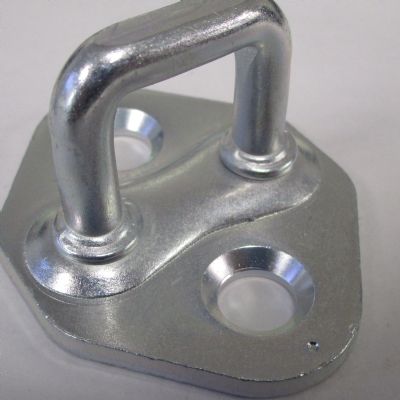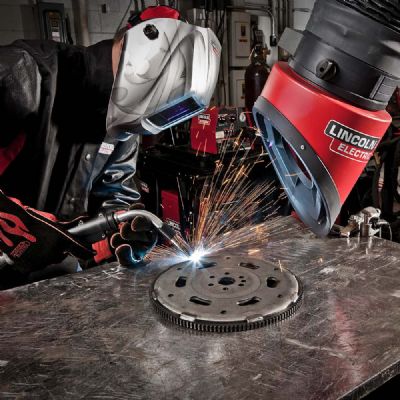Our visit to the Edgerton plant, 184,000 sq. ft. and 170 employees (140 in production), aimed to learn how the use of DCMX (DC-Matrix) cold-work die steel—manufactured by Daido Steel in Japan and distributed in the United States by International Mold Steel (IMS)—in place of D2 has dramatically improved tool life. The test case: a die used to stamp taillight-assembly parts from DP780 advanced-high-strength steel. “It’s a big runner,” says Spangler, “with volumes averaging 200,000/yr. and with potential to be a lot more as the market picks up.
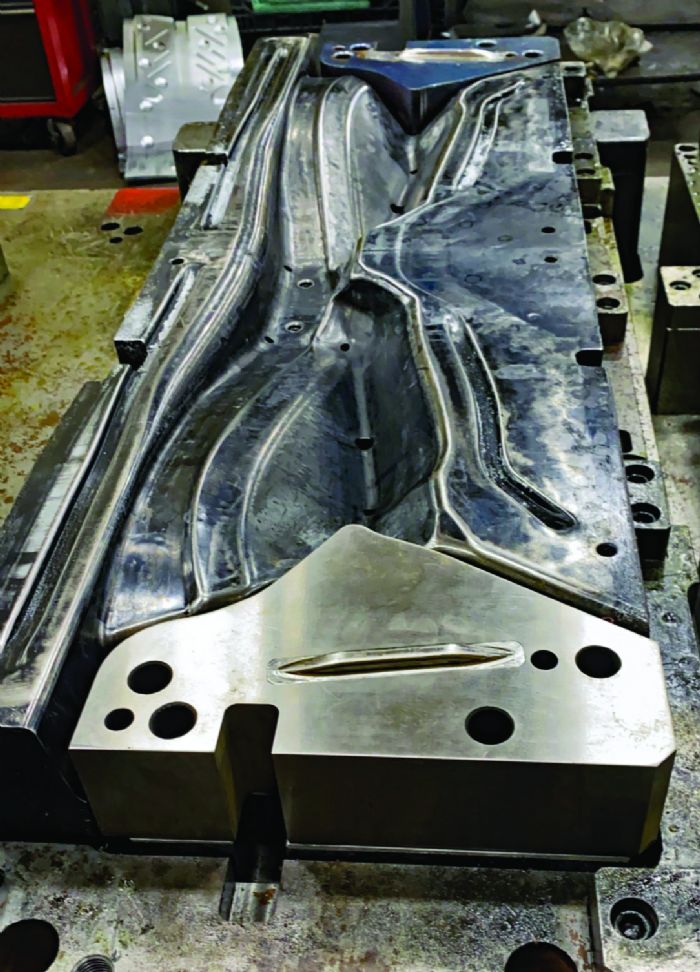 “A couple of years ago we brought in a new die for these parts fabricated from D2, with many of the details coated,” Spangler continues. “Running the tool in a 1300-ton mechanical press, a few of the details cracked apart after about 250,000 hits. But even before that, the details exhibited quite a bit of wear, which led to galling. We subsequently replaced the D2 details with DCMX. The improved die has been running for nearly a year, making more than 300,000 hits, with no sign of wear yet.”
“A couple of years ago we brought in a new die for these parts fabricated from D2, with many of the details coated,” Spangler continues. “Running the tool in a 1300-ton mechanical press, a few of the details cracked apart after about 250,000 hits. But even before that, the details exhibited quite a bit of wear, which led to galling. We subsequently replaced the D2 details with DCMX. The improved die has been running for nearly a year, making more than 300,000 hits, with no sign of wear yet.”
Since applying DCMX to that taillight-assembly stamping, the firm has found numerous other applications for DCMX. In fact, a look around the toolroom revealed just a smattering of D2 blocks on the shelves, with the tool-steel racks loaded with nearly all DCMX blocks.
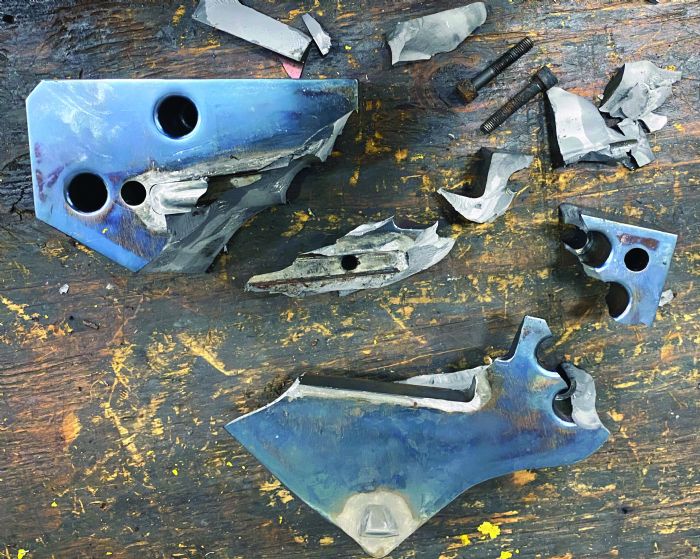 “We’ve even machined draw beads from DCMX, and they run great—uncoated,” shares toolroom leader John Johnson. “The DCMX beads definitely outperform D2 draw beads. Across the board, DCMX tool details perform noticeably better. We see the same results for trim details, where we’re averaging five to six times the die life of D2 details.”
“We’ve even machined draw beads from DCMX, and they run great—uncoated,” shares toolroom leader John Johnson. “The DCMX beads definitely outperform D2 draw beads. Across the board, DCMX tool details perform noticeably better. We see the same results for trim details, where we’re averaging five to six times the die life of D2 details.”
Per Daido and IMS, DCMX is a matrix-type cold-work tool steel. Of note: Only fine carbides are distributed in the matrix. The material’s high hardness (to 62 HRC) is achieved by high-temperature tempering, with good dimensional stability that results in high wear resistance. Also noted: Using the material for stamping-die components is eased as there’s minimal dimensional change when tempering at 500 C; and the presence of free-machining additives and the finely dispersed carbides promotes good machinability.
Welcome a New Machining Center
Overall, the Edgerton facility has some 300 tools in inventory, with about half of them being what Spangler considers “regular runners.” Managing such a large tool inventory challenges the seven-person toolroom, he adds, but adding (early in 2023) a new Hurco CNC machining center brought some much-needed capacity to enable them to bring some outsourced machining work back inhouse.
“We’re also planning to update our tool-maintenance planning and machining scheduling,” Spangler continues, “going paperless. We’ll move to tablet computers on the floor and add maintenance planning and production monitoring to our Epicor ERP system.”
Certainly, having tools that run longer between maintenance cycles also helps to alleviate capacity concerns in the toolroom—leading to even more praise for the DCMX tool steel.
“We’re looking to use DCMX anywhere that we can cost-justify it,” Johnson says, “and it’s pretty easy to justify the slightly higher purchase price compared to D2. Any tool we expect to run for more than 1 yr. will be fabricated from DCMX.”
Johnson also explains that since the toolroom welcomed its new machining center, it’s been very busy machining details from DCMX to replace D2 details and retrofit as many dies as possible. “We’re probably machining onw to five new details from DCMX every month inhouse,” Johnson shares, “in addition to some details that we still send outside for machining. Certainly, however, since bringing on the Hurco we’re outsourcing much less than we used to.”
Before ending my tour, Spangler and Johnson showed me one other application for DCMX, somewhat unique.
“With the general trend in automotive to shorter production runs, our moving bolsters are cycling in and out of the presses more often than they ever have, as often as two to four times per day,” Spangler says. “That’s led to some wear and tear on some of the wear parts on the bolsters, which are made from D2. In some cases, we’ve had to replace these wear plates every three months. Seeing how well the DCMX tooling performs, we recently had some of these wear plates fabricated from DCMX, at just a slightly higher cost than the D2 plates. We now are in the process of evaluating their performance in the pressroom.
“Stay tuned,” he offers, “for a report on how well they’re holding up.” MF
See also: International Mold Steel
Technologies: Tooling
 Brad Kuvin
Brad Kuvin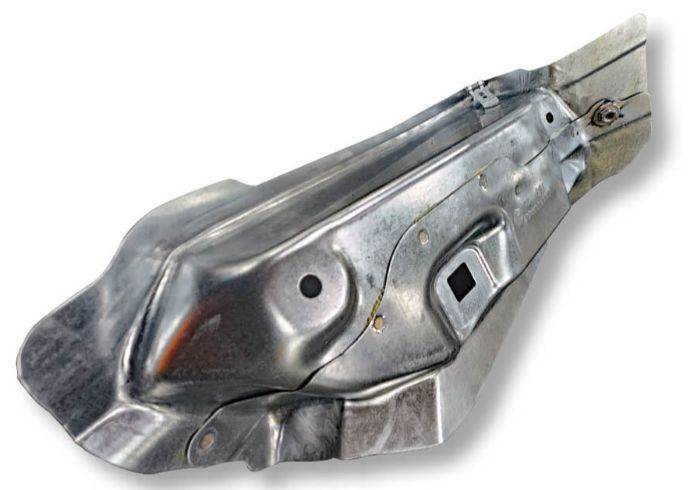 Companywide, the firm operates presses from 150 to 3000 tons, running progressive, robotic-tandem and transfer tooling. Presses to 800 tons run progressive dies; the facility’s four larger presses run larger parts via transfers as well as progressive dies..
Companywide, the firm operates presses from 150 to 3000 tons, running progressive, robotic-tandem and transfer tooling. Presses to 800 tons run progressive dies; the facility’s four larger presses run larger parts via transfers as well as progressive dies..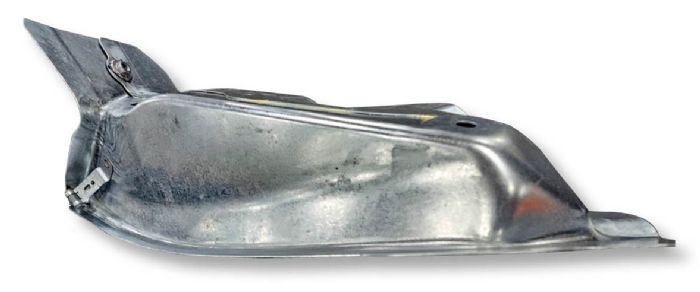 “Taillight assemblies are a big one for us,” explains engineering manager Tyson Spangler. “We produce them in three different varieties. Another big runner is wheelhouse assemblies.”
“Taillight assemblies are a big one for us,” explains engineering manager Tyson Spangler. “We produce them in three different varieties. Another big runner is wheelhouse assemblies.”





 “A couple of years ago we brought in a new die for these parts fabricated from D2, with many of the details coated,” Spangler continues. “Running the tool in a 1300-ton mechanical press, a few of the details cracked apart after about 250,000 hits. But even before that, the details exhibited quite a bit of wear, which led to galling. We subsequently replaced the D2 details with DCMX. The improved die has been running for nearly a year, making more than 300,000 hits, with no sign of wear yet.”
“A couple of years ago we brought in a new die for these parts fabricated from D2, with many of the details coated,” Spangler continues. “Running the tool in a 1300-ton mechanical press, a few of the details cracked apart after about 250,000 hits. But even before that, the details exhibited quite a bit of wear, which led to galling. We subsequently replaced the D2 details with DCMX. The improved die has been running for nearly a year, making more than 300,000 hits, with no sign of wear yet.” “We’ve even machined draw beads from DCMX, and they run great—uncoated,” shares toolroom leader John Johnson. “The DCMX beads definitely outperform D2 draw beads. Across the board, DCMX tool details perform noticeably better. We see the same results for trim details, where we’re averaging five to six times the die life of D2 details.”
“We’ve even machined draw beads from DCMX, and they run great—uncoated,” shares toolroom leader John Johnson. “The DCMX beads definitely outperform D2 draw beads. Across the board, DCMX tool details perform noticeably better. We see the same results for trim details, where we’re averaging five to six times the die life of D2 details.”
